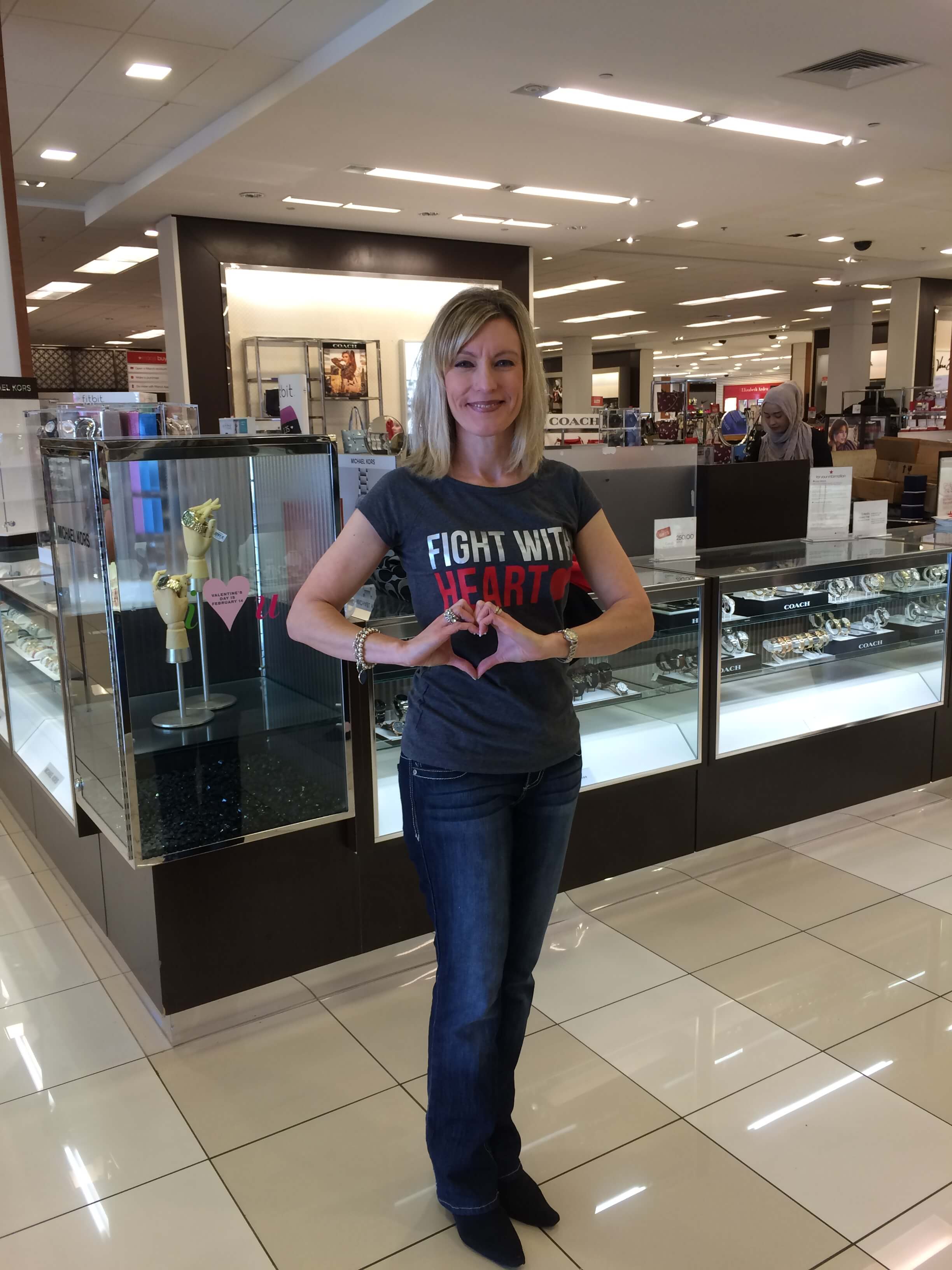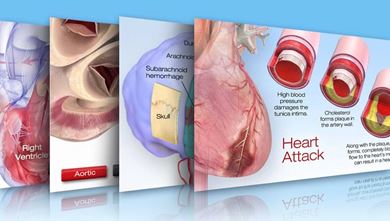Meet Christine Rekash - AHA Heart Valve Ambassador

Queen of Hearts Aims to Inspire Others
Christine Rekash thought she was prepared for open-heart surgery to repair a failing mitral valve, but several complications following her procedure made her realize that she had to take one step at a time. She now works to raise awareness about heart health and offer support to other patients facing heart valve disorders as part of the American Heart Association’s Heart Valve Ambassador program.
Rekash first learned she had a congenital heart condition in 2000, when her doctor detected a heart murmur during a routine physical. Then 29, the paralegal from suburban Chicago followed up with a cardiologist who suggested medication. Uncomfortable with the plan, Rekash sought a second opinion and found a specialist who recommended close monitoring of the murmur instead.
Rekash underwent uneventful testing for nine years until she was diagnosed in 2009 with a leaky mitral valve, a condition that can put added stress on the heart. By late 2012, the conditioned had worsened, causing her heart to become enlarged as it worked harder to move blood between its chambers. Rekash’s doctor recommended open-heart surgery to repair the valve before things became worse.
It was startling for Rekash, who hadn’t even noticed that she was already having symptoms. She had become accustomed to bouts of daily palpitations and feeling more tired, but attributed it to working in a stressful job and getting older.
“I’d wake up feeling like I really needed a cup of coffee to get going,” she said. “It seemed like I could never catch up.”
Rekash’s surgery took place in June 2013, choosing a Summer date so she could rebuild her strength by walking her chocolate lab, Elle, outside, rather than facing Winter’s frigid Chicago temperatures.
Recovery proved difficult, and included several complications. Fluid collected around her heart, causing it to work harder. And Rekash’s heart kept racing, even if she was sitting still. After three cardioversion treatments, she underwent a cardiac ablation procedure and began treatment for atrial fibrillation until her heart resumed a normal rhythm.
“It just seemed like one thing after the next,” she said. “You think you’re going to get this surgery and then you’ll be fine, but there were just so many things to deal with.”
It took almost a year for things to improve, and Rekash committed herself to reconditioning her heart. After getting clearance from her cardiologist, she joined a local gym offering high-intensity kickboxing classes, building on martial arts experience she’d gained during high school and college.
“It was harder than I expected, but I knew it would be my ticket to get back into a healthy program,” she said.
She started slow, making modifications where needed. Today, she takes three or four classes each week, and is known as the “Queen of Hearts,” inspiring fellow gym members.
“I never imagined I’d be an inspiration to others, but people would hear my story and tell me they were inspired to get back into shape or lose weight,” she said. “That really helped me keep a positive outlook.”
Now 45, Rekash is one of the newest Heart Valve Ambassadors for the American Heart Association, volunteers for the American Heart Association’s Go Red For Women luncheon and offers support to other heart patients through AHA’s Support Network.
Recalling her own anxieties as she awaited surgery and grappled with an uneven recovery, “I felt so afraid and alone because I couldn’t find anyone my age,” Rekash said. “The medical professionals tell you what they will do medically, but it’s the survivors that can help you understand what it will be like to recover.”
Read her blog article: Every Heartbeat Matters






